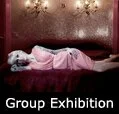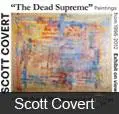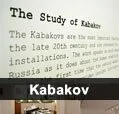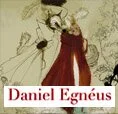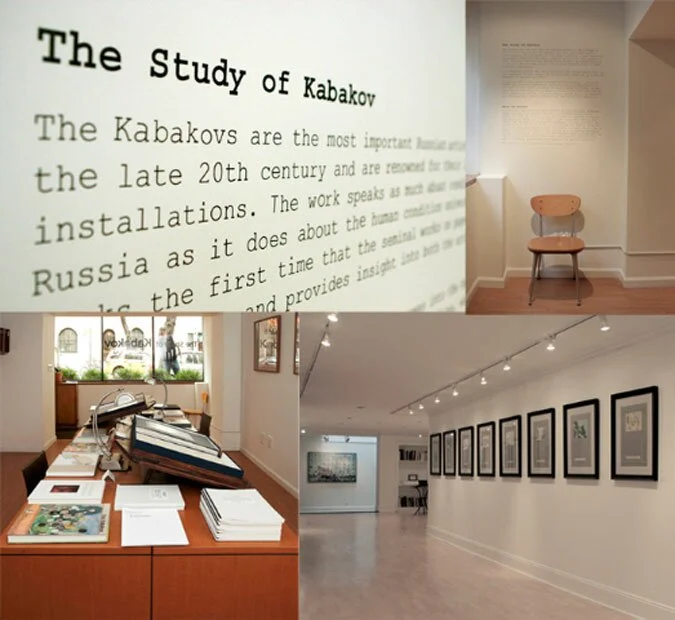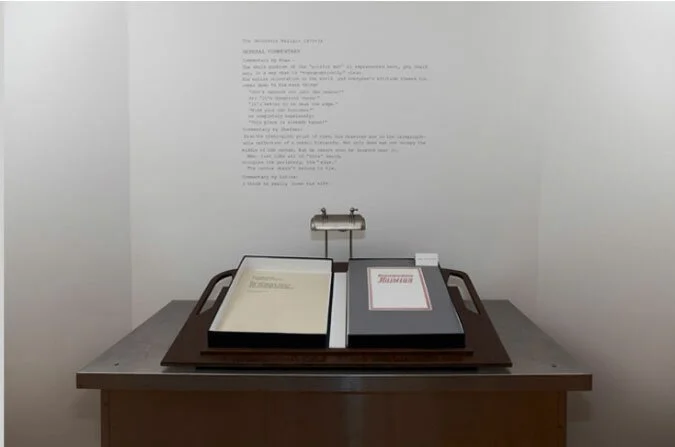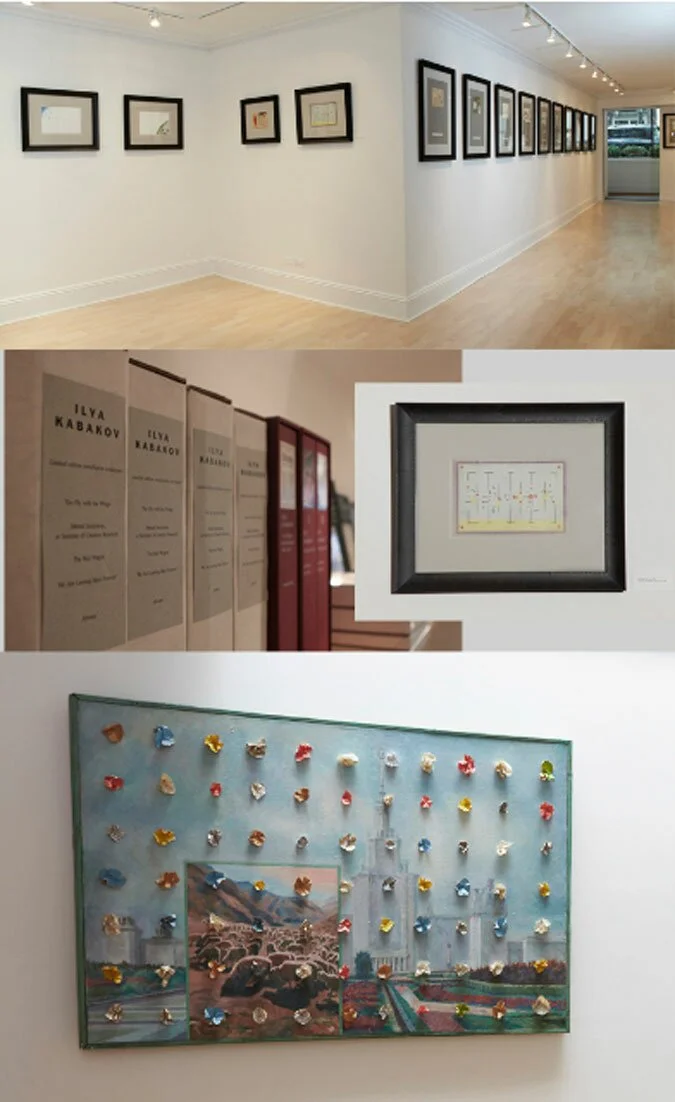The study of kabakov
Ilya Kabakov is recognized as the most important Russian artist to have emerged in the late 20th century, and is renowned for his large-scale public installations with his partner Emilia Kabakov. The work speaks as much about conditions in post-Stalinist Russia as they do about the human condition universally. The exhibition marks the first time that these foundational works have been exhibited in the United States and provides insight into both the artist’s sense of humor, profundity and purpose. Three albums from the 10 Characters series and a comprehensive reference library will allow for an in-depth study of Kabakov’s complex conceptual world.
“Drawings are the entryway into the Kabakov world. They lay the foundation to the concept of story-telling, which is an essential component to the work as a whole,” comments Asher Edelman, Founder of Edelman Arts. The works on paper are the origin of every painting and installation for which Ilya and Emilia Kabakov have earned their international acclaim. Intimately scaled, the works date from 1960 – 1985 and lead the viewer through Kabakov’s career as an artist and as a member of the Stretensky Boulevard Group in the hostile Soviet environment of the 1960s to his first solo exhibition in Paris in 1985.
During the 1970s, Kabakov created the 10 Characters, a series of albums that playfully suggest ten positions from which Homo Sovieticus can react to their world including ten psychological attitudes, ten perspectives on emptiness, ten parodies of the aesthetic traditions through which Kabakov evolved his vocabulary and ten aspects of his own personality. The Study of Kabakov will feature three of these albums in edition, Sitting-In-The-Closet Primakov, The Decorator Malygin and The Flying Komarov.
The Kabakovs’ work is included in the permanent collections of celebrated institutions such as the Museum of Modern Art, New York; the Tate, London; and the Centre Pompidou, Paris; and has been shown in venues including the Hirshhorn Museum, Washington DC; the Stedelijk Museum, Amsterdam; Documenta IX at the Whitney Biennial in 1997 and the State Hermitage Museum, St. Petersburg, amongst others. In 1993 they represented Russia at the 45th Biennale di Venezia with their installation The Red Pavilion. The Kabakovs have also completed many important public commissions throughout Europe and have received a number of honors and awards, including the Oscar Kokoschka Preis, Vienna, in 2002 and the Chevalier des Arts et des Lettres, Paris, in 1995. By 2004, Ilya and Emilia Kabakov became the first living Russian artists to have their work exhibited in the Hermitage Museum.
About the Artists
Ilya (b. 1933) and Emilia (b. 1945) Kabakov are Russian-born, American-based artists who collaborate on environments which fuse elements of the everyday with those of the conceptual. While their work is deeply rooted in the Soviet social and cultural context in which the Kabakovs came of age, their work is possessed of universal significance.
Ilya Kabakov was born in Dnepropetrovsk, Soviet Union, in 1933. He studied at the VA Surikov Art Academy in Moscow, and began his career as a children’s book illustrator during the 1950′s. He was part of a group of Conceptual artists in Moscow who worked outside the official Soviet art system. In 1985 he received his first solo show exhibition at Dina Vierny Gallery, Paris, and he moved to the West two years later taking up a six months residency at Kunstverein Graz, Austria. In 1988 Kabakov began working with his future wife Emilia (they were to be married in 1992). From this point onwards, all their work was collaborative, in different proportions according to the specific project involved.
The Kabakovs live and work on Long Island, New York.
Also visit www.edelmanarts.com and www.ilya-emilia-kabakov.com
 Nov 17 2014
Nov 17 2014



